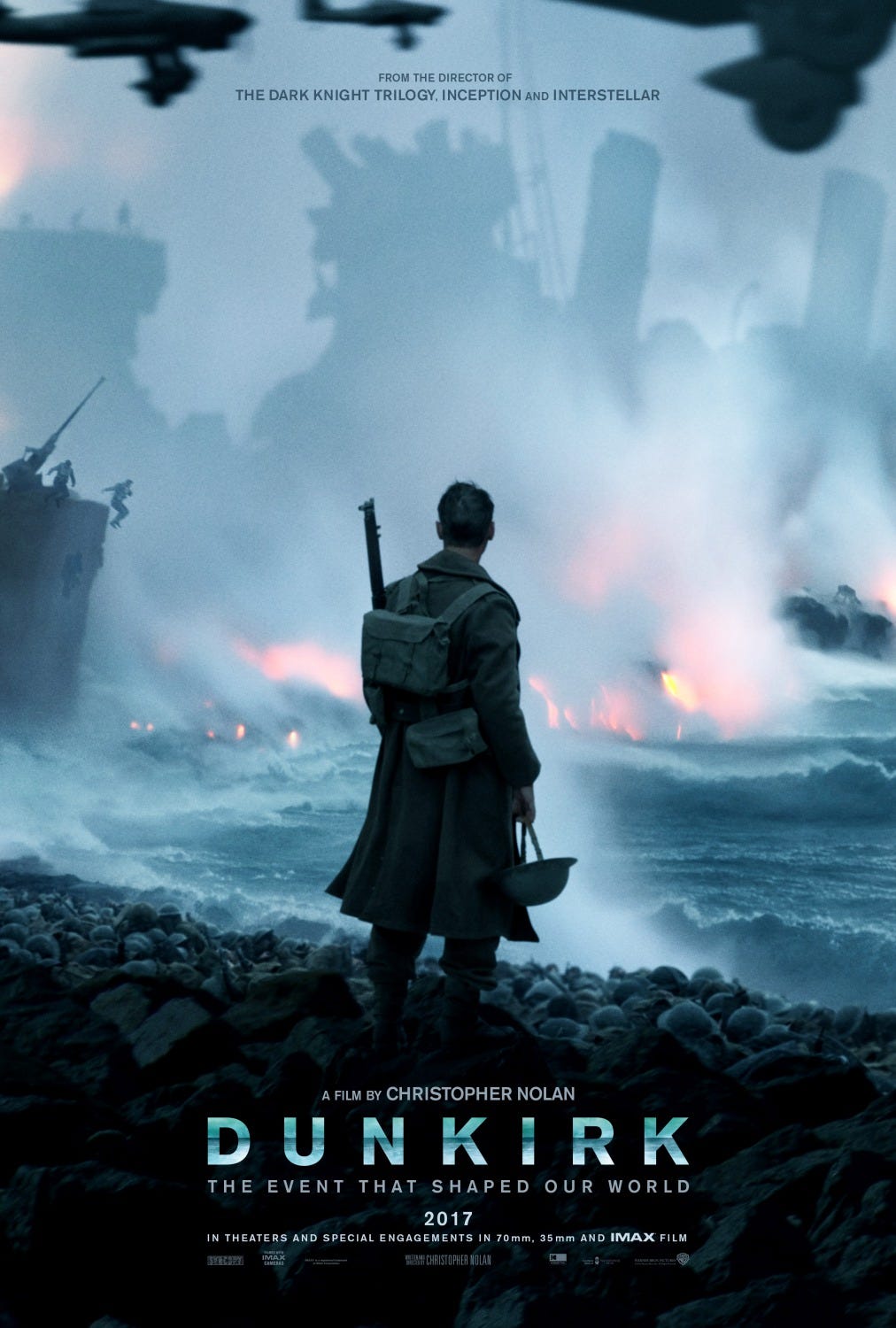Introduction:
“Dunkirk,” directed by Christopher Nolan and released in 2017, emerges as a groundbreaking war film that redefines the genre with its innovative storytelling, immersive cinematography, and masterful orchestration of tension. Set during the evacuation of Allied soldiers from Dunkirk, France, in 1940, the film captures the intensity and desperation of war on land, sea, and air. This comprehensive review aims to dissect the various elements that contribute to the success of “Dunkirk,” including its narrative structure, technical brilliance, thematic depth, performances, and the impact it has had on the war and action film genres.
I. Narrative Structure:
- Temporal Complexity: Christopher Nolan, known for his non-linear storytelling, employs a unique temporal structure in “Dunkirk.” The film unfolds on three distinct timelines – land, sea, and air – with different durations. This narrative complexity enhances the viewer’s engagement, offering a multifaceted perspective on the evacuation.
- Interwoven Perspectives: By interweaving the land, sea, and air storylines, Nolan creates a tapestry of experiences that converge at pivotal moments. This intricate structure not only captures the chaos of Dunkirk but also emphasizes the interconnectedness of individual actions in the larger context of war.
II. Technical Brilliance:
- Immersive Cinematography: Cinematographer Hoyte van Hoytema’s work in “Dunkirk” is visually arresting. The film was predominantly shot on IMAX cameras, providing a visually immersive experience. The sweeping aerial shots, claustrophobic close-ups, and the vastness of the sea contribute to the film’s visual dynamism.
- Practical Effects and Minimal CGI: Nolan’s commitment to practical effects and minimal CGI enhances the film’s authenticity. Real ships, planes, and thousands of extras were employed, creating a tangible and visceral portrayal of the evacuation. The absence of computer-generated spectacle heightens the film’s realism.
III. Thematic Depth:
- Survival and Sacrifice: At its core, “Dunkirk” explores themes of survival and sacrifice. The film delves into the visceral nature of war, portraying the raw human instinct to survive amidst overwhelming odds. The sacrifices made by soldiers and civilians alike underscore the human cost of conflict.
- Time as a Critical Element: Nolan ingeniously uses time as a crucial thematic element. The ticking clock throughout the film emphasizes the urgency of the evacuation and the relentless passage of time during war. This temporal pressure adds an extra layer of tension to the narrative.
IV. Performances:
- Ensemble Cast: “Dunkirk” features an ensemble cast, including Fionn Whitehead, Tom Glynn-Carney, Jack Lowden, Harry Styles, Kenneth Branagh, Mark Rylance, and Tom Hardy. The ensemble’s collective performance contributes to the film’s authenticity, with each actor embodying the resilience and vulnerability of their characters.
- Tom Hardy’s Aerial Prowess: Tom Hardy, portraying RAF pilot Farrier, delivers a riveting performance despite spending a significant portion of the film with his face covered by an oxygen mask. Hardy’s ability to convey emotion and intensity through limited facial expressions is a testament to his skill as an actor.
V. Impact on War and Action Genres:
- Subverting Genre Conventions: “Dunkirk” subverts traditional war film conventions by focusing on the evacuation rather than epic battles. The film’s emphasis on survival and the evacuation process introduces a refreshing perspective within the war genre, influencing subsequent filmmakers to explore alternative narratives.
- Influence on Technical Filmmaking: The technical achievements of “Dunkirk” have had a profound impact on the action genre. Filmmakers have looked to Nolan’s use of practical effects, IMAX cameras, and minimal CGI as a benchmark for creating visceral and realistic action sequences.
VI. Ethical and Moral Questions:
- Moral Ambiguity of War: “Dunkirk” does not glamorize war but instead explores its moral ambiguity. The film portrays ordinary people faced with extraordinary circumstances, raising questions about the ethics of survival, sacrifice, and the impact of war on the human psyche.
- Humanity Amidst Conflict: The evacuation at Dunkirk becomes a canvas for examining humanity’s capacity for compassion and solidarity during times of crisis. Acts of heroism, both big and small, illustrate the resilience of the human spirit amidst the chaos of war.
VII. Cultural and Historical Significance:
- Educational Value: “Dunkirk” serves as a valuable educational tool, offering a visceral and immersive portrayal of a pivotal moment in World War II. Its historical accuracy and attention to detail contribute to a deeper understanding of the challenges faced by those involved in the evacuation.
- Honoring Real-Life Heroes: The film pays homage to the real-life heroes of Dunkirk – the soldiers, sailors, and civilians who participated in the evacuation. By bringing their stories to the forefront, “Dunkirk” ensures that their contributions are remembered and honored.
Conclusion:
“Dunkirk” stands as a cinematic triumph that transcends the boundaries of war and action filmmaking. Christopher Nolan’s visionary direction, coupled with technical brilliance, thematic depth, and powerful performances, has redefined the genre. The film’s impact extends beyond entertainment, prompting viewers to grapple with the ethical complexities of war and the resilience of the human spirit in the face of adversity. “Dunkirk” remains a testament to the transformative power of cinema to evoke emotion, provoke thought, and immerse audiences in the harrowing realities of historical events.
